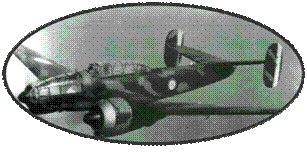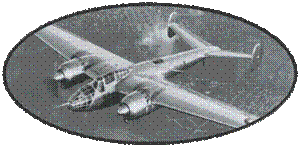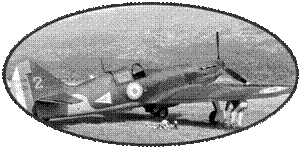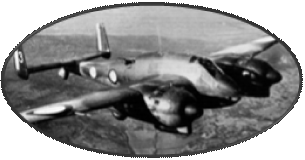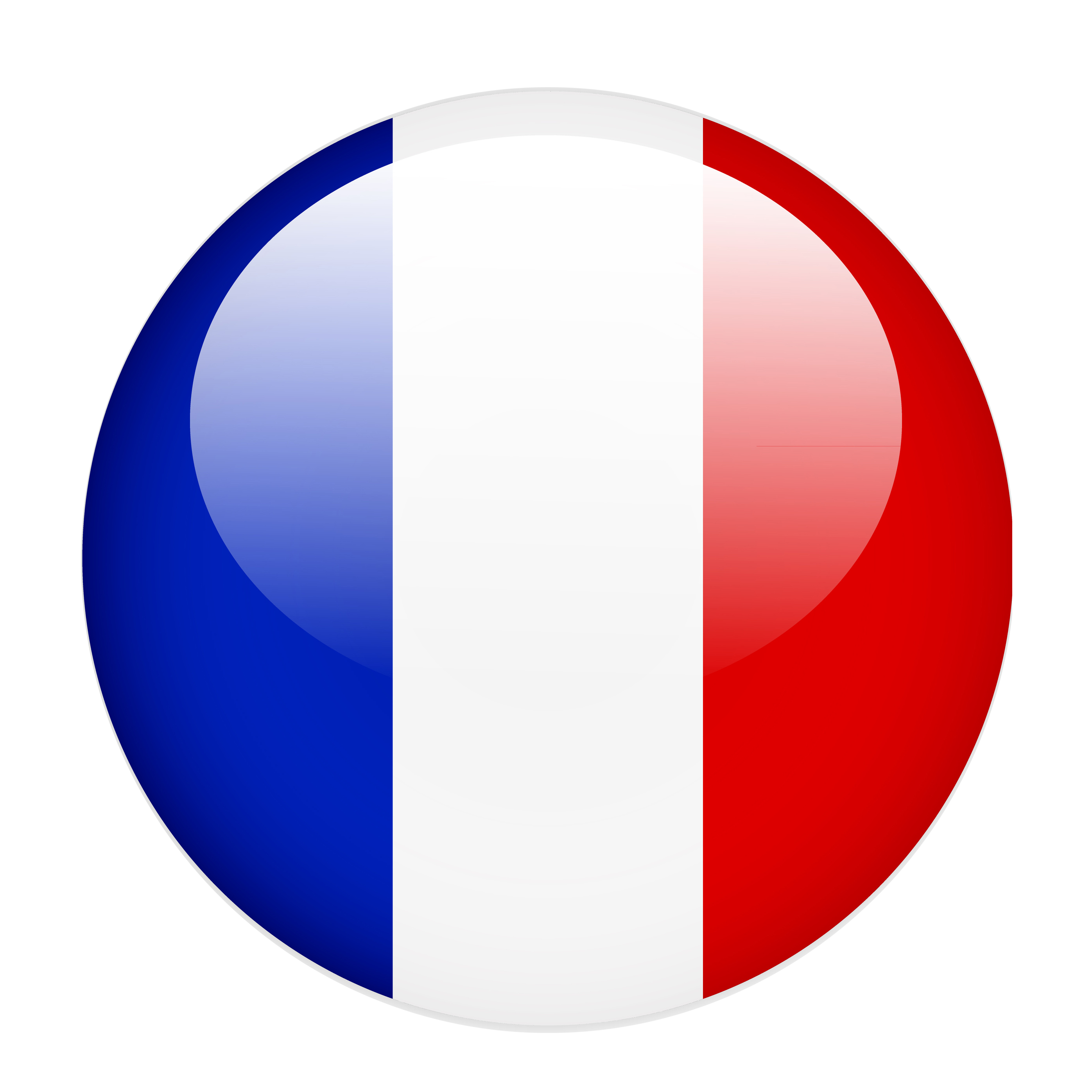 |
Site in French
|
|
DEWOITINE D510
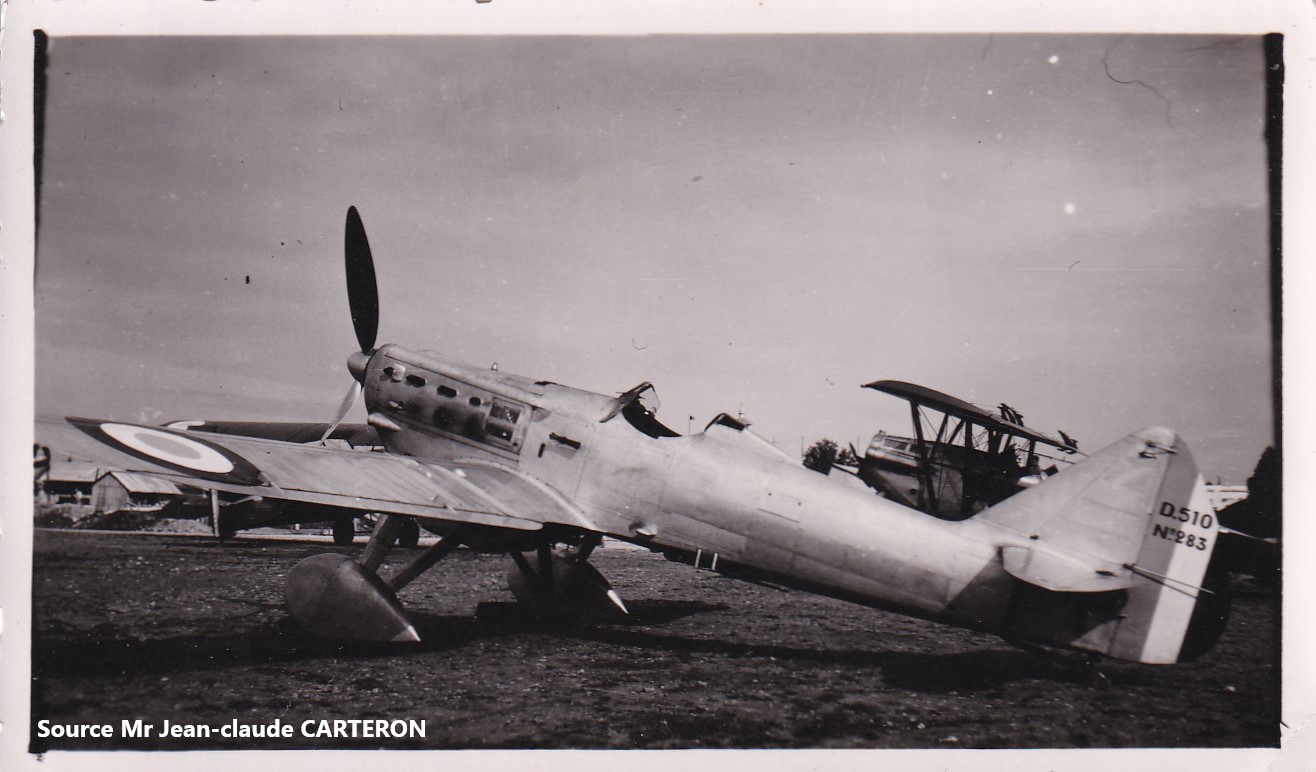
Technical
Specifications
|
Type
|
Mono-seat
Fighter with low wings and fixe gerar
|
Date first flight
|
May
14, 1935
|
|
Wingspan
|
12.092 m
|
Lenght
|
7.94 m
|
|
Height
|
3.625 m
|
Wing Area
|
16.5 m2
|
|
Empty Weight
|
1425 Kg
|
Max. Takeoff Weight
|
1929 Kg
|
|
Cruising Speed
|
km/h.
|
Maximum Speed
|
393 km/h at 4800m
|
|
Climbing Speed
|
4000m in 5mn 30s
|
Service ceilling
|
10500m
|
|
Range
|
600kms at 5500m
|
Crew
|
1
Pilot
|
|
Motorization
|
1 Engine
Hispano Suiza 12 Ycrs of 920ch à 4800m
|
|
Armament
|
2 machine-guns MAC
34 of 7.5mm in the wings
1 cannon Hispano Suiza HS-404 of 20mm in the axis of the
propeller
|
|
|
380
DEWOITINE of the serial D500 have
been built since the date of the first flight
on
Juin 19, 1932
. They are divided into:
- 100
Dewoitine D 500
plus 3 bought by VENEZUELA
-
142 Dewoitine D 501 plus 14 for export (Lithuanie)
-
94 Dewoitine D510 plus 30 sold for export : Chine (24), Russie
(1), Angleterre (1), Japon (2), Espagne (2),
-
1 Dewoitine D 503
To
date, out of the
336 aircrafts manufactured for the Air Force, 108 are listed in
the list below :

The specifications of the
C1 program, issued in 1930, require a speed of 327 km / h at 3500
m, a ceiling of 10000 m and an armament of at least 2 7.5 mm machine
guns. In response, Dewoitine offers a low-wing single-seater fighter:
the D500. The first flight took place in June 1932. The aircraft
having won the contest, an order was passed in November 1933.
The D500 is a modern aircraft: its construction is all metallic,
and it has Cantilever wings. Combined with the Hispano-suiza 12Xbrs
engine with 690 hp compressor, it reaches 360 km / h. The construction
is outsourced to the Lioré & Olivier factory, better sized for
a series construction of the Dewoitine D500. However, production
is lower than expected due to delays in the delivery of the Hispano
engine. The D500 is produced at 100 specimens, before being replaced
by the D501, identical but equipped with a 20mm gun between the
cylinders of the engine. The first D501 of series made its first
flight in June 1936, and in total, 157 D501 will be built. The
Fighter Groups equipped with D501 in 1935: the GC I / 3 and II
/ 3 are the only units in the world to use gun-equipped equipment.
In 1936, 12 fighter squadrons were equipped with the new aircraft,
in D500 or D501 version, while the D510 began to be delivered.
The prototype of the D510 made its first flight in July 1936,
with notable changes compared to the D501 (See version), it receives
among others the new engine Hispano-suiza HS12Ycrs of 860cv. This
engine allows it to become the first French aircraft to cross
the 400 km / h mark. The production of this new version is launched
in series in a difficult context : the aeronautical factories
are in full nationalization which results in disorganization of
the production tool and delays. In total, 120 D510 will be delivered
but will be exceeded as soon as they are put into service: the
Luftwaffe is already testing Messerschmitt ME109, and England
its Hawker Hurricane ... In 1938, however, the D500 and its derivatives
represent 70% of Service in the French Air Force.
On entering the war there
are still many Dewoitine D500s in fighter schools, and sometimes
in front-line units awaiting the arrival of the Bloch 152 or Morane
MS406. All these "old" aircraft will happily be removed from service,
to remain only in a patrol of defense in the hands of Polish pilots.
At the armistice, there will be no more than forty copies.
In North Africa, the situation is a little different: the Dewoitine D500 and derivatives are still used in front-line units: this is the case of ERC 571 based in Casablanca; He received the D510, abandoned by the GCIII / 1 recently equipped with Morane Saulnier MS406 and sent to France. The last Dewoitine D510 will be used until the end of 1941, at the Autonomous Escadrille n ° 6 stationed in Dakar.
|
Dewoitine D500
|
First
version presented in response to the program C1 of 1930. Commanded
by the market N ° 661/1 of 7 March 1932, it is motorized by
a Hispano-Suiza 12Xbrs of 500Cv, pushed to 650Cv thereafter.
The Dewoitine D500 displays the mass of 1705Kg. He made his
first flight on June 8, 1932 at the hands of Marcel Doret,
then undergoes tests at STaé (Aeronautical Technical Services).
In order to obtain export sales, it is presented, under the
registration F-AKCK, to different foreign commissions. The
aircraft will be damaged on 12 October 1934 in Francazal |
|
Dewoitine D501
|
The
D501 is very close to the Dewoitine D500. The main difference
is the use of the gun engine Hispano-suiza 12Xcrs in place
of the 12Xbrs. This engine allows to house a Hipsano-Suiza
HS-9 gun of 20mm between the two rows of cylinder. The first
series aircraft made its first flight on June 11, 1936. |
|
Dewoitine D503
|
The Dewoitine D503
differs from the Dewoitine D501 by adopting a monojambe
train and a wingspan reduced to 11.48m for a wing area of
15m ². It makes its first flight on April 15, 1935 and will
be built with a single exemplary. Its monojambe train and
front radiator provide superior performance to the D501,
but it is already overtaken by the fighters presented in
the C1 program of 1934. This aircraft Will become the personal
plane of Colonel FONCK, great Ace of the first conflict.
|
|
Dewoitine D510
|
Cell
No. 48 of the Dewoitine D500, powered by a Hispano-Suiza 12Ycrs
of 860Ch, becomes the D510 n ° 48. He made his first flight
on 14 August 1934 at the hands of Marcel DORET. And became
the first French fighter to pass 400 km / h. After the tests,
the rudder and the flap are enlarged to solve lateral instability,
and it receives an additional tank of 55 liters under the
fuselage. Thus modified, it flew on May 14, 1935, and under
the registration F-AODZ, it served as a demonstration plane
before becoming the Parachute launcher D504 LP. |
Bibliography
|
1)
_ Editions LELA PRESSE ; Collection "Les Ailes de la
Gloire"
- No13 :dewoitine D500 ~ D510
From Patrick MARCHAND /
Junko TAKAMORI

|
Photos
Album
- Book
: The Wings of Glory Collection No13 : "Dewoitine D500 ~
D510" From Patrick MARCHAND / Junko TAKAMORI - Editions LELA
Presse
- ...
|










